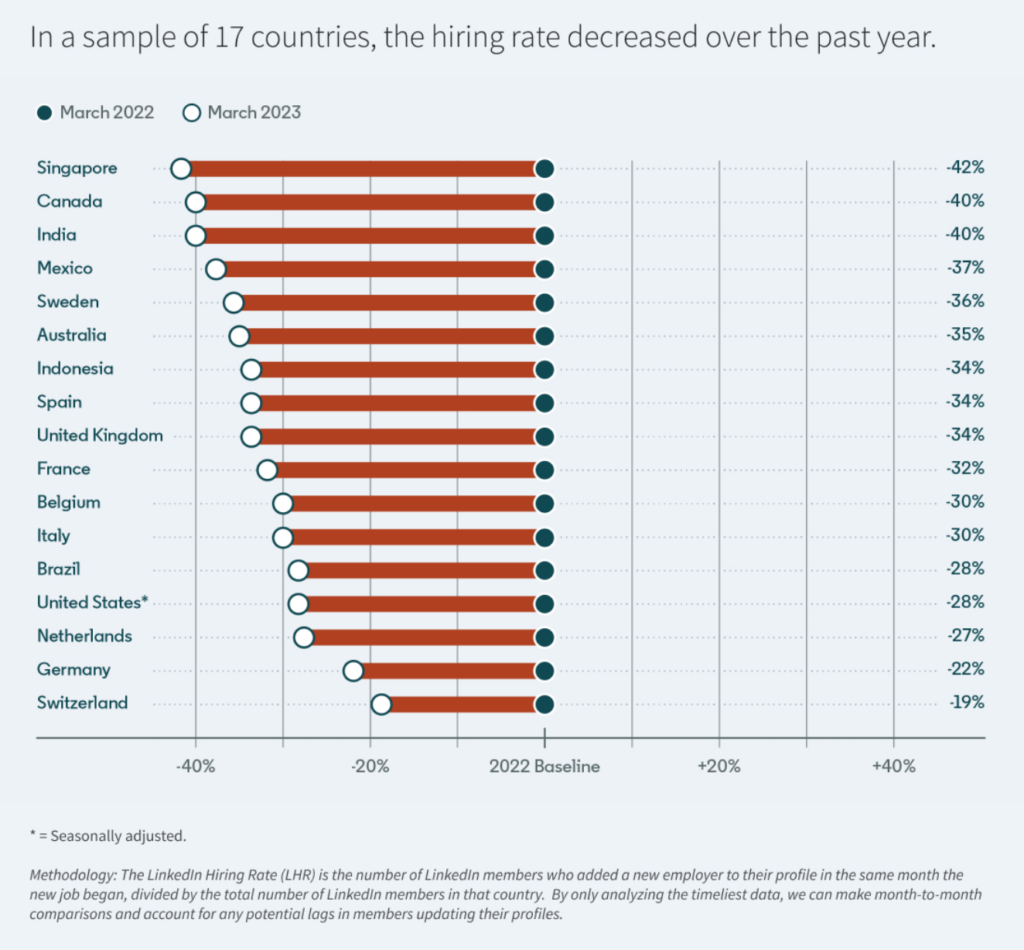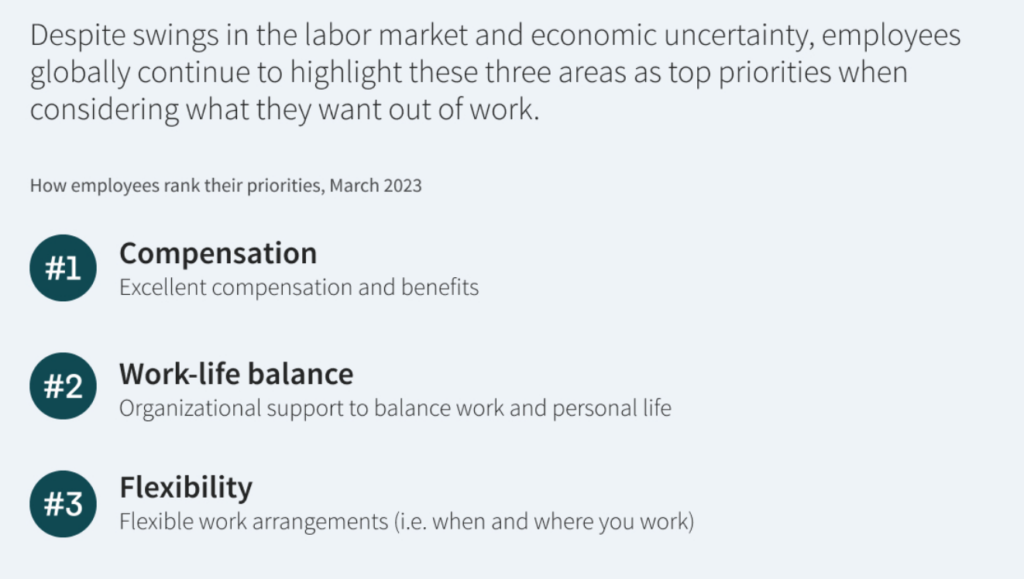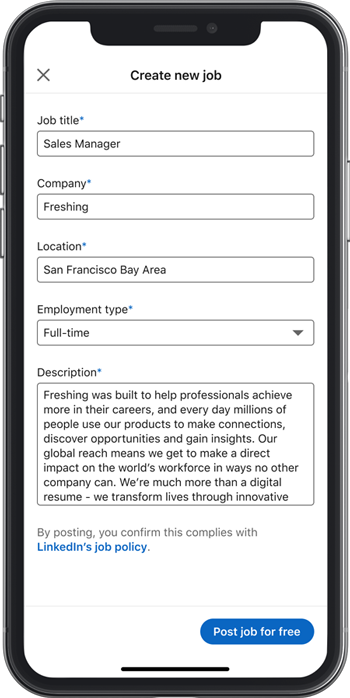I was at LinkedIn’s Talent Connect Summit this week, and I sat in a session on measuring the quality of hire delivered by Ana Recio, the VP of Talent at Uber. I’m a big fan of QoH, and I’m not alone. LinkedIn’s own annual recruitment data shows that QoH is the #1 priority for people leaders. I actually wrote quite a bit about QoH in my book, The Talent Fix, Vol. 2, but my take was a bit different from most people in our space, and although it pains me to say it, most people might be right, and I might be wrong!
My original belief is that QoH needs to have an industry standard measure to mean anything. If we can’t benchmark across industry, what are we really measuring? Or so I thought.
Ana at Uber and her team built a straightforward survey measure of QoH (You can download Uber’s QoH measure details here) that, after six months, asks the hiring manager simply, “Would you hire this person again, if given the chance?” They also ask the employee if this is the job they thought they would be getting. This is very similar to the approach CrossChq has taken in their QoH measure.
I like the simplicity. My struggle with QoH has always been it’s just too damn difficult to really measure it (in the way I thought it should be measured). I was stuck on the “quality” component and wanting data around quality. In my head, that meant performance data. How can we show this hire was better than another hire that previously worked in this job or many other hires that have worked in this job? That meant you had to wait a period of time to have real performance data. It all seemed like a lot.
Uber figured out, that “data” could just be a signal from the hiring manager. Simple, yet still valid.
Does this simplicity have issues?
Maybe.
I’m kind of stuck on us believing all of our hiring managers will have enough confidence to actually call our their own failure of selection, development, and performance management. That’s what we are asking them – “Would you make this same selection again if given the choice?” Meaning either you chose successfully, and this person has been great, or you failed in your selection, and this person sucks.
Also, if I’m confident, I come clean and say, “No, I would not choose this person again.” Will HR be coming down to put this person on a performance plan? Do I need to put them on a plan? I mean, if we are honest, and I don’t want to hire this person again, it’s probably time we move on and actually hire a person I would hire again, right?
This QoH measure and process are new to Uber, so Ana and her team haven’t really crossed that bridge yet. Since this is so new, maybe they haven’t run into this issue. I wasn’t able to ask her this question, but I plan on sending it to her as a follow-up to see how it’s going when they get some more data.
Still, I like what Uber is doing. Maybe we don’t need “one” measure of QoH to make it meaningful and impactful. Maybe each organization will figure out its own data and measure QoH in a way that makes sense to them. Maybe some organizations will have multiple QoH measures based on positions (Sales vs. Engineering, for example).
The data nerd in me would love one global QoH measure, but I also love that organizations are just trying to figure this out on their own and benchmarking against themselves. In the end, talent intelligence is about making your hiring better, period. Thanks to Ana and Uber team for sharing!!




